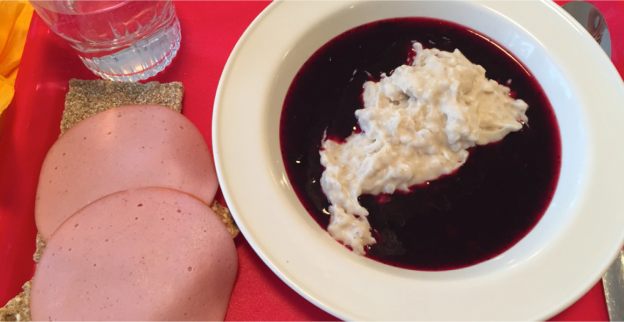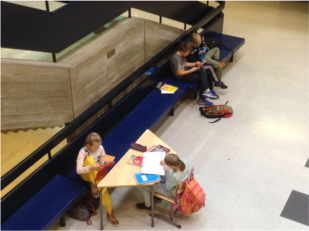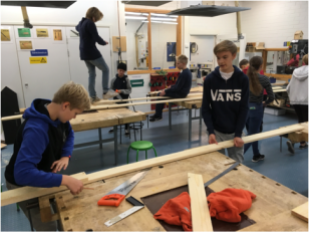In September teachers from United Kingdom and Denmark visited Finland as a part of an Erasmus project. As in Bedford earlier in July, the groups observed time, talent and technology in three Finnish schools: SYK, Jalavapuisto School and Veikkola School. In addition we introduced to them Innokas Network, in-service teacher training, early childhood education in Finland, and Finnish educational context in the University of Helsinki. Here is a brief summary on their notions of the 3T’s.
Time
Teachers from both Denmark and UK felt that there is a lot of time to learn in Finnish schools. Pupils are not rushed and they are encouraged to be themselves. As we Finns know our schooldays are shorter and pupils have plenty of breaks during the school day. Especially British teachers felt that time could have been used more actively and effectively.
Talent
Groups saw three kinds of talents in Finnish schools.
- The amount of creative subjects in the curriculum arouse interest as well as programming and transversal competences. Especially teachers from UK saw a difference between assessment in Finland and in UK. In Finland the assessment system acknowledges teacher expertise. It is realistic and based on student learning and it is linked to the integrity of the profession.
- Teachers are highly educated and trusted to be experts in their field. Teachers’ professional development is well-planned and in-service training is well organized.
- Students seem to be calm, independent, engaged, resourceful and proud. Students can apply to bi-lingual classes or classes with other special focus areas such as music and science. During these short school visits the groups didn’t witness examples of differentiation or teacher-student communication of what the students have learned during the lesson.
Technology
Groups thought that the visited Finnish schools seemed to be well resourced. Compared to UK and Denmark, we have a boarder view of technology in our curriculum and in classroom practices. For example students were programming and using robots in two schools. The groups would have liked to see more of learning platforms, programs that support students with learning difficulties and more interactive use of interactive white boards. Also the examples of tech use in higher grades eg. in social sciences were minor. However the students’ freedom to use smartphones in breaks caused discussion.
Trust
During the Helsinki visit it became clear that each countries society makes the school what it is. In Finland it is seen as TRUST in many levels. There is respect for one another and the equipment. The trust runs through the system:
- From teachers to students
- From parents to teachers
- From heads to teachers
- From municipality to each school
- From government
Danish teachers thought that we have a school where both parent and pupils believe in one’s authority. A good example of that is the fact that teachers are also highly respected in society. However they saw also a risk of being very dependent upon the individual teacher.
Trying to look at your society and school system from other country’s perspective is always fruitful. There are always customs and practices that are very deep in the Finnish culture such as the school lunch. Fortunately we had porridge day when we visited Veikkola School, because otherwise we would have missed a great debate of nutrition in different countries!

– Kati, Innokas Coordinator








